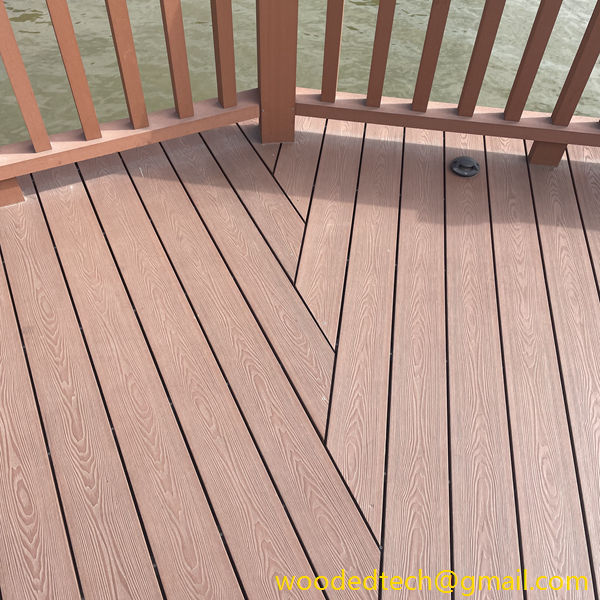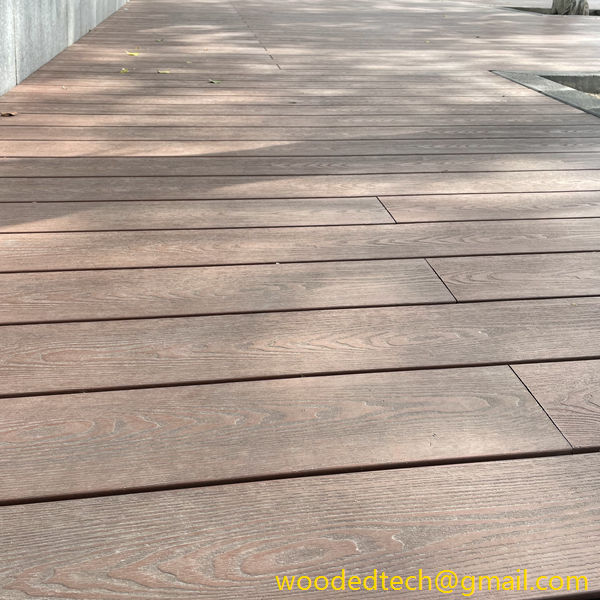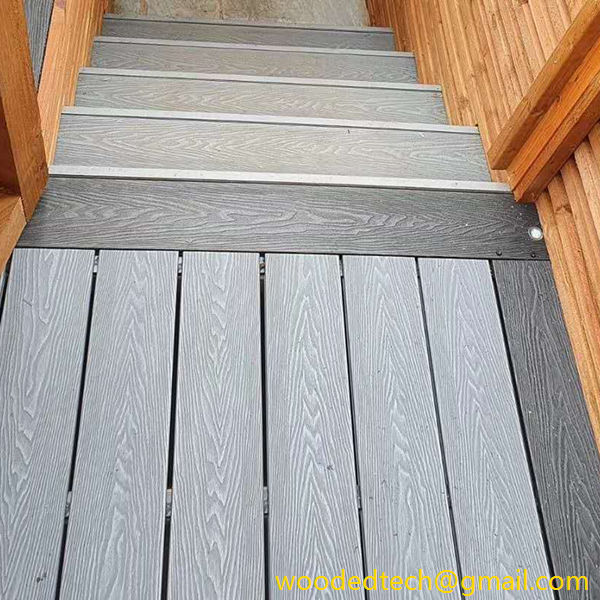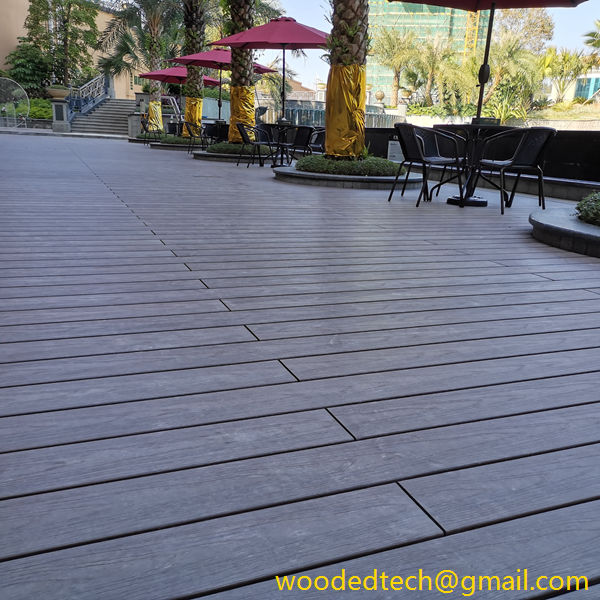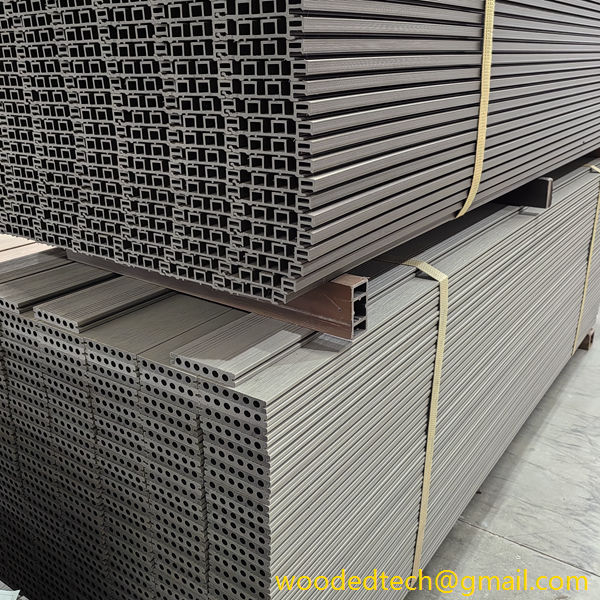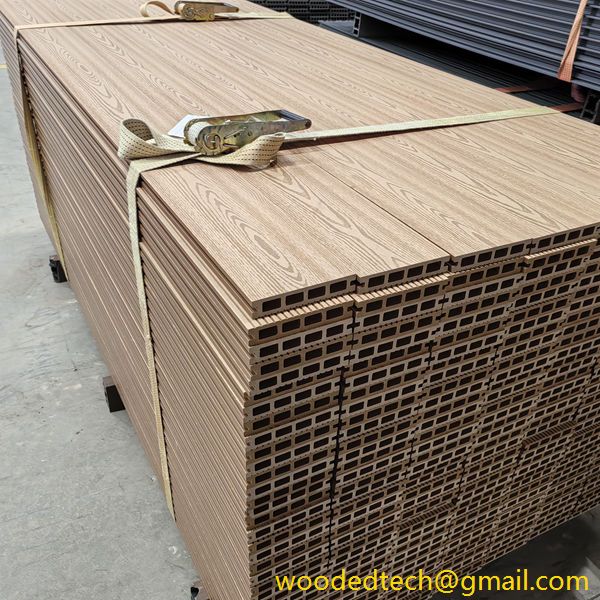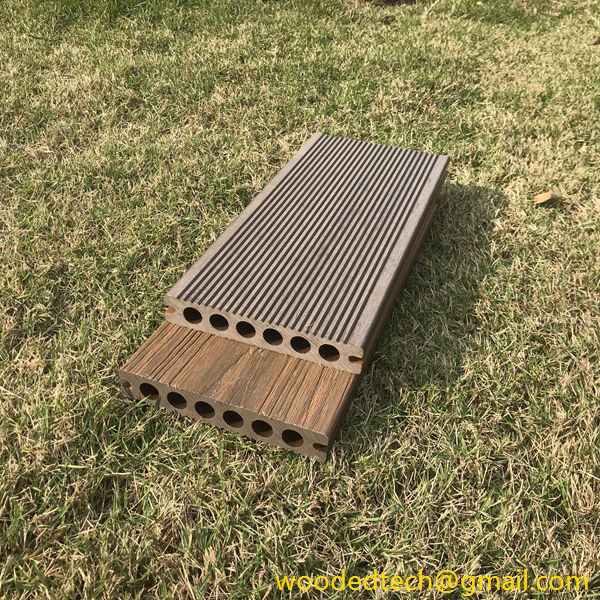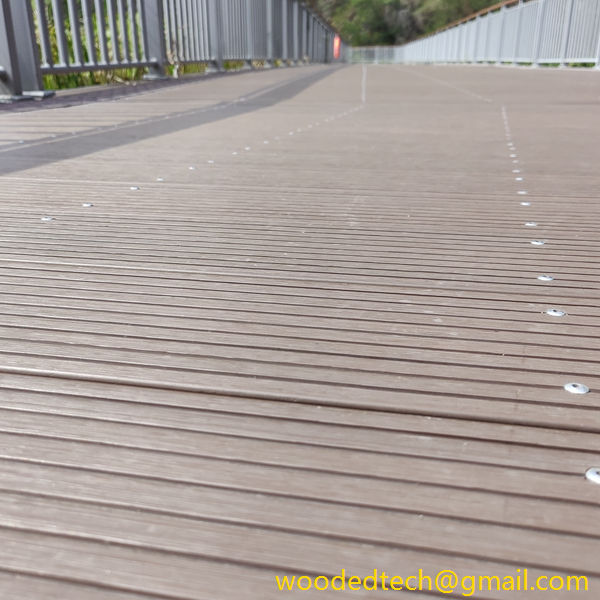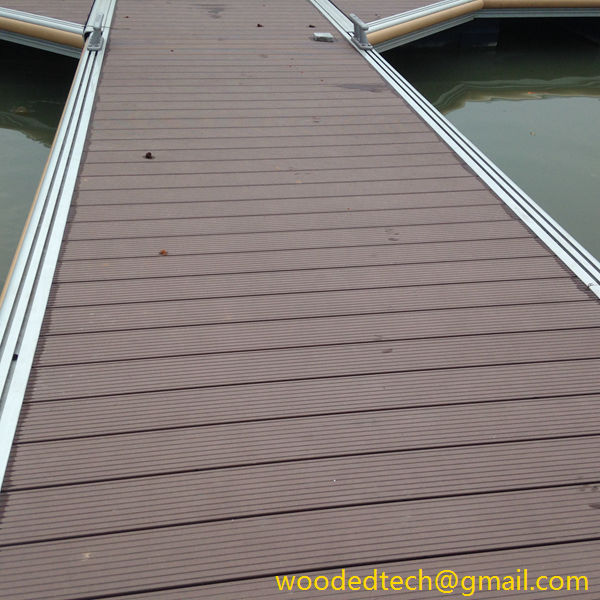What is the WPC Flooring HS Code and Why It Matters for Your Projects
Wood Plastic Composite (WPC) flooring has gained popularity in recent years due to its durability, aesthetic appeal, and ease of maintenance. As a composite material made from a mixture of wood fibers and plastic, WPC flooring offers an excellent alternative to traditional hardwood and laminate flooring. One crucial aspect of trading WPC flooring internationally is…
Wood Plastic Composite (WPC) flooring has gained popularity in recent years due to its durability, aesthetic appeal, and ease of maintenance. As a composite material made from a mixture of wood fibers and plastic, WPC flooring offers an excellent alternative to traditional hardwood and laminate flooring. One crucial aspect of trading WPC flooring internationally is understanding its Harmonized System (HS) code. The HS code is a standardized numerical method of classifying traded products, and it plays a significant role in international trade, tariffs, and regulations.
The HS code for WPC flooring typically falls under the category of “Plastic and articles thereof” or “Wood and articles of wood.” Specifically, WPC products can be classified under HS codes such as 3918, which includes plastics and articles made from plastics, or 4411, which pertains to fiberboard and other wood products. Knowing the correct HS code for your WPC flooring is essential for several reasons.
First and foremost, having the correct HS code is crucial for customs clearance. When importing or exporting WPC flooring, customs authorities use HS codes to determine the applicable tariffs and taxes. If the wrong code is used, it could result in delays, fines, or even confiscation of the goods. A proper understanding of the HS code ensures that your products pass through customs smoothly, allowing for timely project completion.
Another reason why the HS code matters is that it affects trade statistics and market analysis. Businesses often rely on HS codes to assess market trends, demand, and pricing strategies. By correctly identifying the HS code for WPC flooring, companies can gain insights into market dynamics, enabling them to make informed decisions regarding production, inventory management, and pricing. This information is vital for effective business planning and strategy development.
Moreover, the HS code can influence the competitiveness of your products in the international market. Different countries may impose varying tariffs on different categories of goods. If WPC flooring falls under a category with lower tariffs, it can provide a cost advantage over competitors who are subject to higher tariffs on their products. Understanding the HS code helps businesses identify these opportunities and adjust their pricing strategies accordingly, enhancing their competitive edge in foreign markets.
From a cost perspective, the production of WPC flooring in China has several advantages. China is known for its robust manufacturing capabilities, skilled labor force, and economies of scale. The cost of raw materials, such as wood fibers and recycled plastics, is generally lower in China compared to many Western countries. This cost advantage translates into more competitive pricing for WPC flooring, allowing Chinese manufacturers to offer attractive deals to international buyers.
Furthermore, China’s infrastructure, including logistics and transportation networks, is well-developed, facilitating the efficient movement of goods. This efficiency can lead to reduced shipping times and costs, further enhancing the overall competitiveness of Chinese WPC flooring in the global market. As a result, international buyers often find that sourcing WPC flooring from China not only provides quality products but also offers significant cost savings.
In addition to production costs, the regulatory environment in China also plays a role in the competitiveness of WPC flooring. The Chinese government has implemented various policies aimed at promoting sustainable materials and green building practices. This aligns with the growing global demand for eco-friendly products, making Chinese WPC flooring an attractive option for environmentally conscious consumers.
However, it is essential for international buyers to remain vigilant about quality control and compliance with safety standards. Ensuring that the WPC flooring meets international quality certifications is crucial for building trust with customers and avoiding potential legal issues. Engaging with reputable suppliers and conducting thorough inspections can mitigate these risks.
In conclusion, understanding the HS code for WPC flooring is critical for businesses engaged in international trade. It affects customs clearance, market analysis, and trade competitiveness. Given China’s cost advantages in production, logistics, and regulatory support, sourcing WPC flooring from the country can offer significant benefits. By leveraging these advantages while ensuring compliance with quality standards, businesses can position themselves favorably in the competitive landscape of global flooring solutions.

